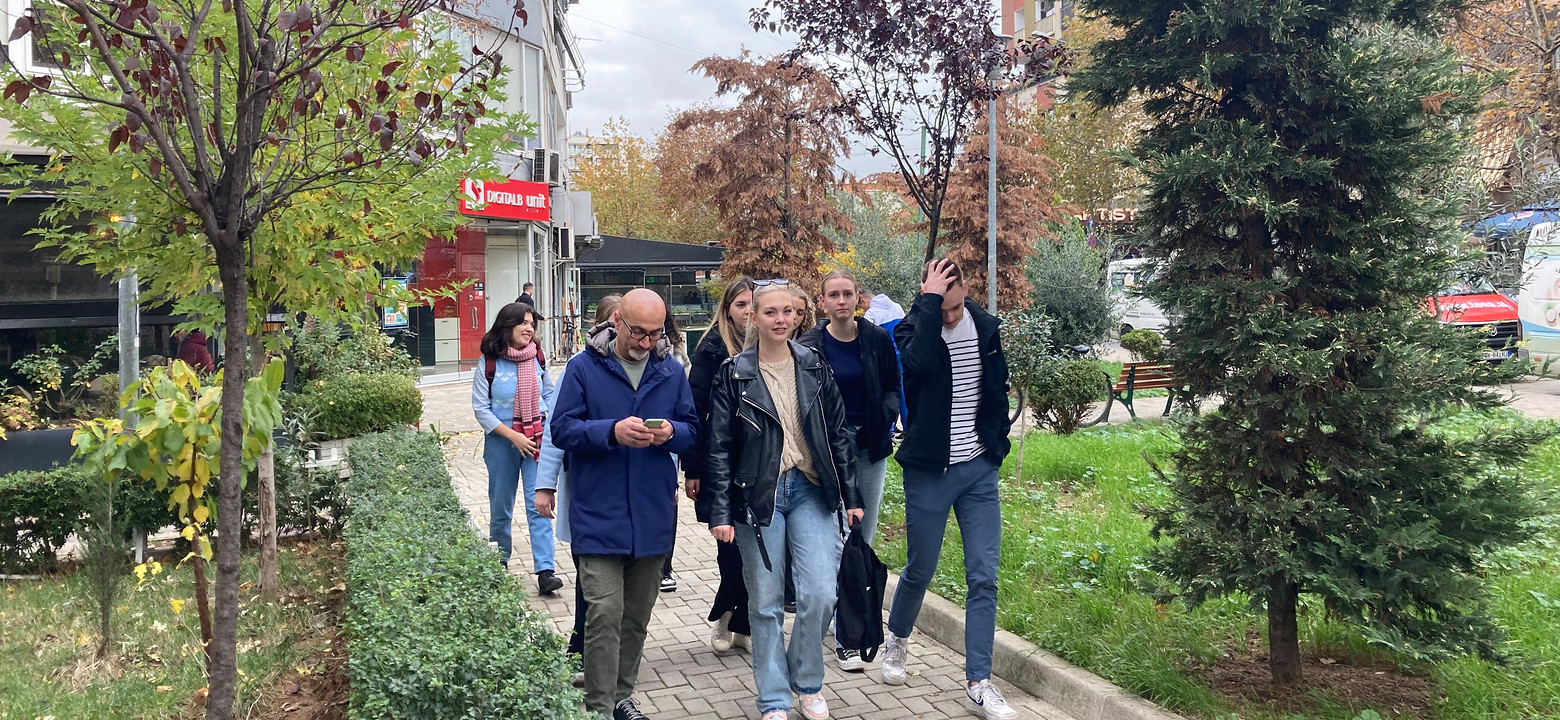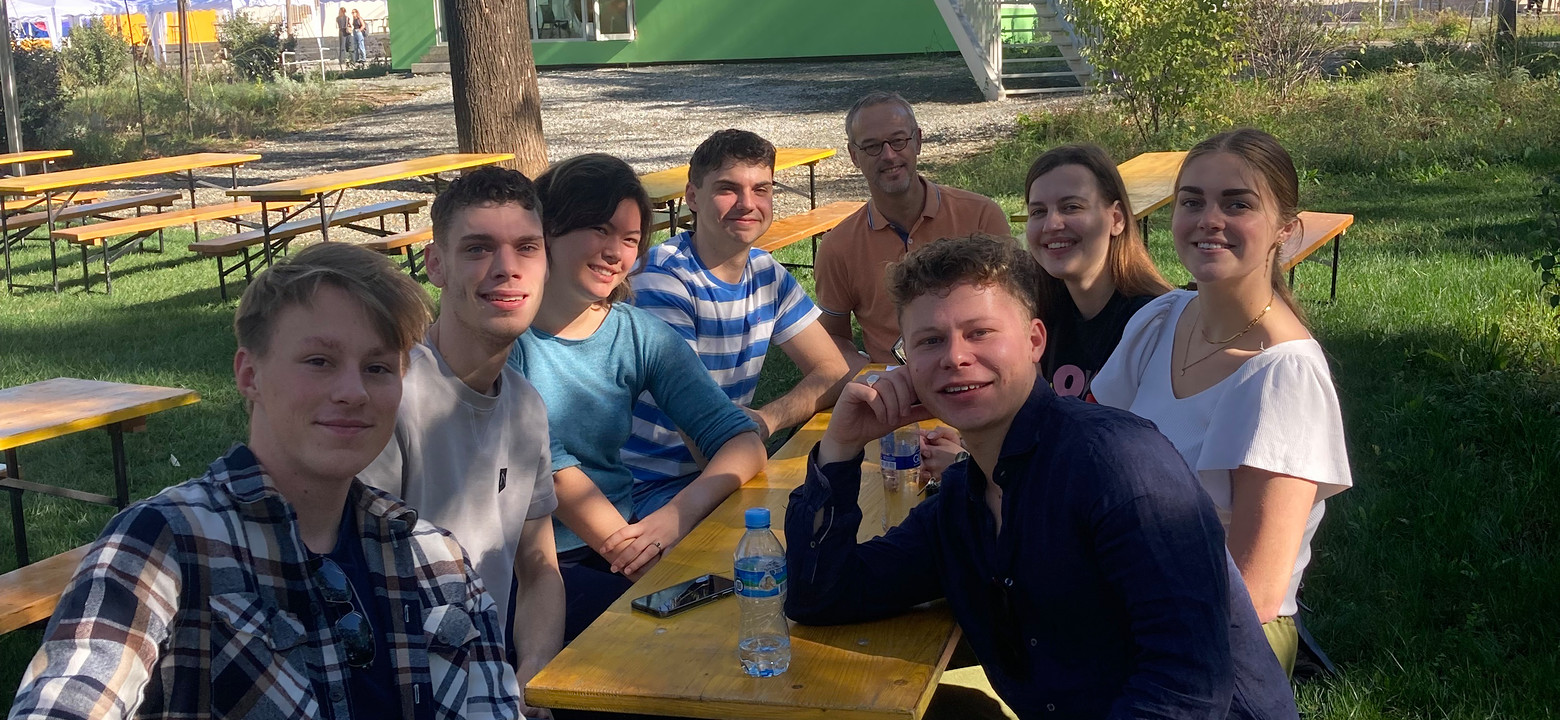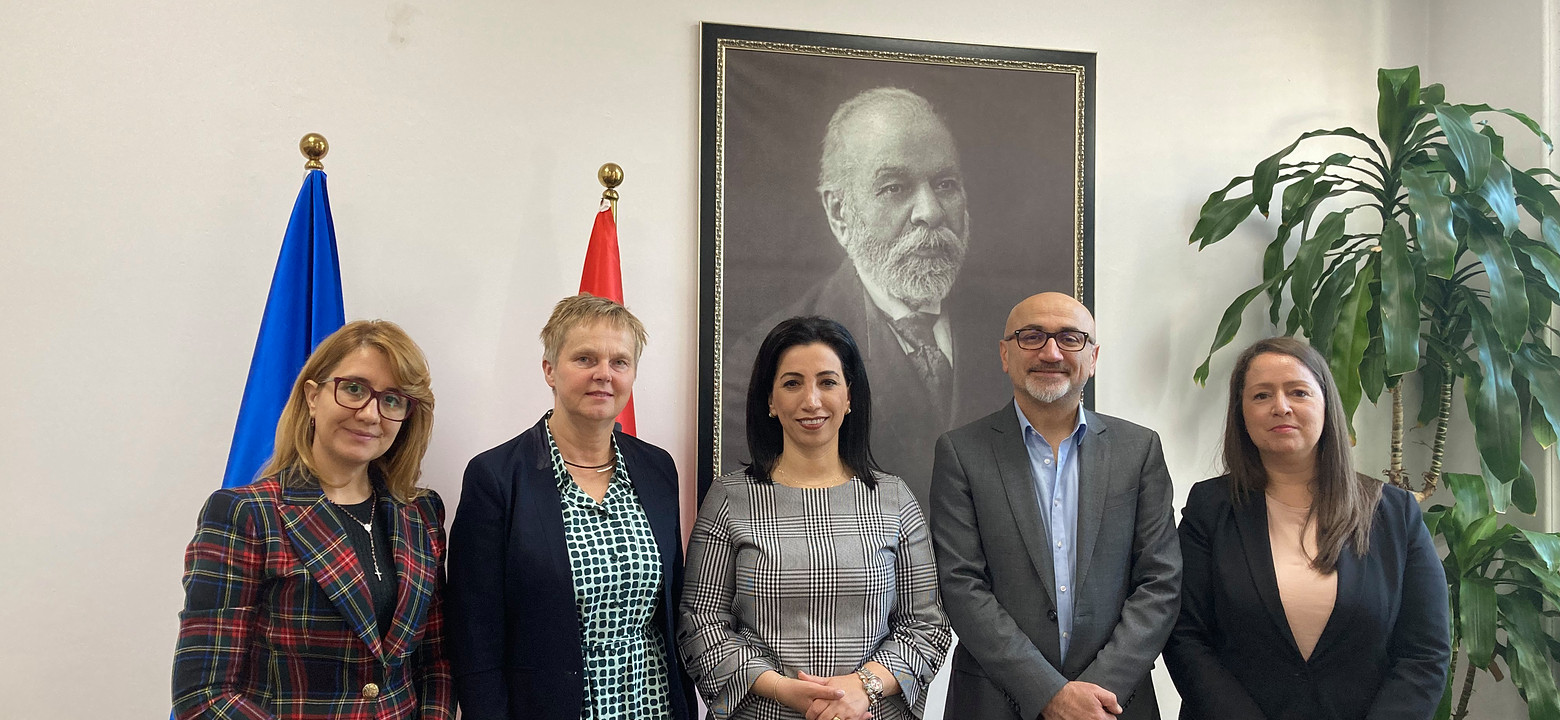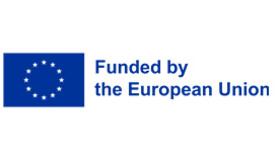Albanian collaboration on vulnerable neighbourhoods
Vulnerable urban areas. Everywhere in Europe we can see neighbourhoods facing the challenges of a lack of safety, poverty and unattractive public spaces. However, what are the differences for example, between a vulnerable area in Deventer and one in Tirana? Do the problems faced have similar causes? What can we learn from one another when it comes to dealing with complex social issues? Gerry Stegeman from the School of Governance, Law & Urban Development together with the Resilient Democracy Research Group, has started an Erasmus+ project on vulnerable neighbourhoods with three universities in Albania.
How did this project on vulnerable neighbourhoods come about? And why the cooperation with Albania?
Our students and staff have entered into a multidisciplinary exploration and cooperation with the European University of Tirana, the Aleksander Moisiu University, and the Polytechnic University of Tirana. Vulnerable neighbourhoods are breeding grounds for socio-economic problems. It is not just the Netherlands that is confronted with urban problems. Social differences among the population also increased in Albania during the COVID-19 pandemic and this is even more visible in vulnerable areas.
The cooperation with our Albanian partners came about in different ways. Through personal visits; contact with several international companies; contact with embassies. Then all this came together. A lot was done online during the pandemic, but now exchanges and joint projects with students and lecturers are all possible.

What would you like to achieve with this project?
Greater understanding and more support for vulnerable urban areas. You can learn a lot by looking at a problem through someone else’s eyes. Just as Joyce te Bos from the Resilient Democracy Research Group points out: “All the things we take for granted, are not a matter of course in Albania.” And the same goes the other way round too.
We are getting to understand each other better and also the complex situation in urban areas. In particular, addressing issues by looking at them through a multidisciplinary lens. Merieme Kame is a student at the Polytechnic University of Tirana. She reflects on a good learning experience: “I have learned so much from the integral approach to urban development in the Netherlands.”
Can you name some results?
We explored some ethical dilemmas during the project. This laid bare some of the assumptions professionals make and how these find their way into the chosen solutions. We looked at safety and the built environment as well as inclusion. How does the neighbourhood work for people with a disability? We also researched digital influences and the consequences of migration.
We worked on assignments with local professionals using our own expertise. Sometimes this was the neighbourhood manager, or the local authority, sometimes an architect, a property developer, a voluntary organisation or a waste processer. We got a good behind the scenes look at our partners and professional field both here and there.

What are you most proud of?
The openness of the students. And that they get to know each other as people. I got pictures during the summer holidays of our Saxion students on holiday together with their Albanian counterparts. That’s really fantastic.
What I’m also proud of are the toolboxes developed by students under the supervision of Saxion colleagues and partners in Albania. These can be put to good use in neighbourhood development, facilitating participation of young people and in training professionals.
What did the collaboration look like? Did you visit each other regularly?
We work a lot online together, but we also visit one another. In particular, it was the reciprocal cooperation that made it so good. The physical visits are always very intensive, but also very informative. You see lecturers and students in a similar situation. And you experience the intercultural differences in a safe setting.
We always try to combine our visits with other local activities, so we get a better idea of society there. For example, Peace Week, the Youth Climate Summit in Albania or the Global Village Festival at Saxion. During visits we also see each other at events and we eat and drink together. For example, we watched World Cup football matches together at Skanderbeg square in Tirana. This how you create a personal bond with one another. A sound base for further cooperation.
We have already developed a form of Community of Practice. Involving a small, permanent core of staff per university and also a larger group of stakeholders with students, staff and professionals from outside the applied universities. They share past insights with one another and then continue their work.
We work a lot online together, but we also visit one another. In particular, it was the reciprocal cooperation that made it so good.
What were the students’ reactions like?
The programmes in Albania and Saxion are not running parallel. This requires flexibility on all sides. Sometimes students had a joint assignment. Sometimes the assignments diverge more, but they start questioning each other, provide each other with information, support each other in developing and distributing surveys at the other location.
Halfway through there is almost always a fuss about the use of it all and the state of play. By the end I don’t hear that anymore. Then it’s been learned and the experience of 90% of students is very positive.
In addition to hybrid projects, students do their minor or internship in Albania and students come to Saxion as part of our exchange programme. Public Administration student Jordi van Andel did his internship in Tirana and looks back on a unique experience:
“You experience a working culture that is different to the one in the Netherlands. I don’t see the differences as good/better or bad/wrong, but rather in the context of ‘what can we learn from each other?’ The friends I’ve made there will be friends for life. I look back on the adventure of a lifetime, and I recommend to everyone that they spend six months abroad studying or doing an internship.

What is your personal motivation to do an international project like this one? Are there already any new plans?
Through the project our students and staff come into contact with a country outside the EU with a different history and a different political situation. It makes them very aware of their own views and situation.
Cooperation between people with different backgrounds always produces something, in my opinion. The curiosity about each other. The getting in tune with each other. Experiencing another culture. It’s by building a bond that you can move ahead together and for example, make ethical dilemmas in vulnerable neighbourhoods a subject of discussion.
The project is a stepping stone for further cooperation. We always try to involve new colleagues in supervising the student groups. It is a new world for them too. We are also busy giving the project more depth and are considering expanding it by focusing on sustainable area development. Through our partners we have now got contacts in Kosovo where we can do a follow-on project. So we will remain active in the Western Balkan region.

| Project Code: | 2022-1-NL01-KA171-HED-000073435 |
| Action Type: | KA171-HED - Mobility of higher education students and staff supported by external policy funds |
| Agency: NL01 - Nationaal Agentschap Erasmus+ Onderwijs Training | |
